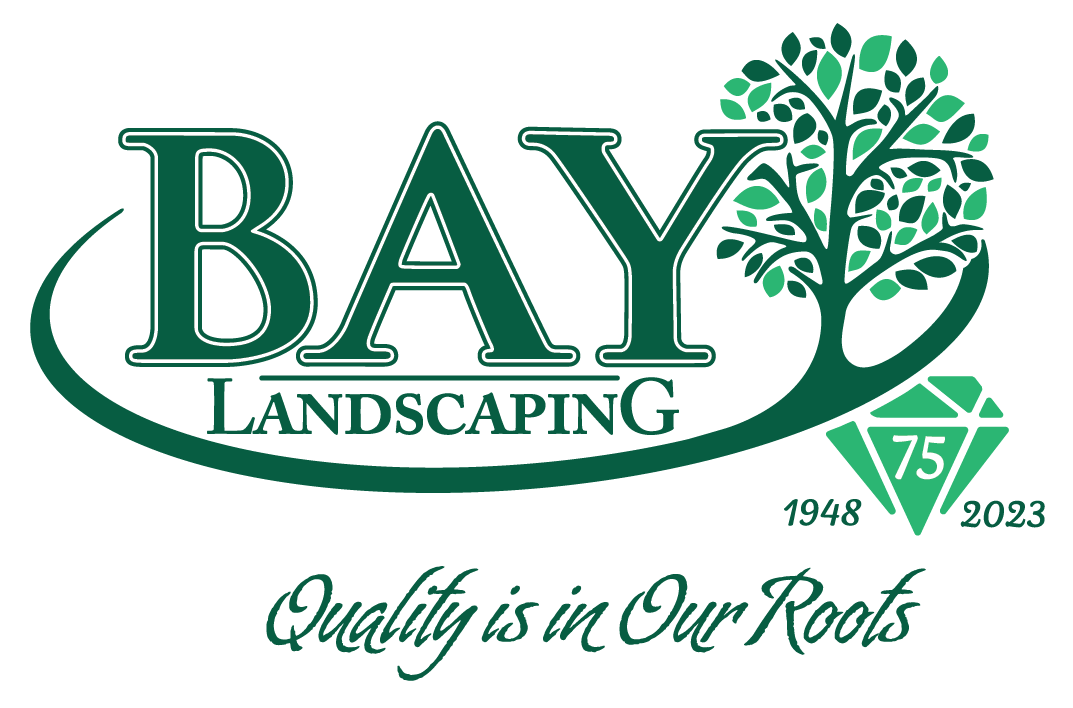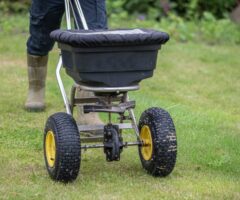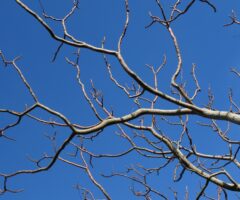This fact sheet is provided as an educational service of the National Garden Bureau. You can view the original at ngb.org/year-of-the-rudbeckia
Year of the Rudbeckia
Who doesn’t love a mass of bright yellow flowers that are humming with pollinators in the summer garden?
It’s no wonder that the ever-popular Rudbeckia was chosen for this year’s perennial of the year because of its bright colors, ease of growing, and the vast range of both new and old varieties to choose from.
Try growing it once and you’ll be hooked forever on this North American native.

Overview and History
Rugged durability, extreme heat tolerance, and summer-long flower power make Rudbeckia one of the most popular perennials sold today in many parts of North America. It’s no wonder as it can be found naturally and thrives in all 48 contiguous states and in all 10 provinces of Canada.
Thanks to North American botanist John Bartram, seeds of our native Rudbeckia were sent to Europe via Englishman Peter Collins. This is how Carl Linnaeus (1707-1778) came across them and named them after Olof Rudbeck (1660-1740), a teacher at Uppsala University in Sweden with whom he worked for. (Linnaeus is now known as the “father of taxonomy’s” system of binomial nomenclature.)
It is said that as Linnaeus was putting together his nomenclature, he chose the name Rudbeckia because the tall flower reflected Rudbeck’s tall stature, and the ray-like petals bore “witness that you shone among savants like the sun among stars.” What a wonderful tribute!

Images of potted Rodeo Red rudbeckia from Greenfuse (left) and Dakota Doubt Gold rudbeckia from Greenfuse (right) courtesy of the National Garden Bureau
Ten of the Most Popular Species of Rudbeckia
- Rudbeckia hirta– A colorful biennial or short-lived perennial that is winter hardy to USDA Zones 3-9. Characterized by course, rough leaves with short hairs (hirta is Latin for hairy) and single daisy-like flowers, this rudbeckia is one of the most prolific species with the most cultivars from breeding companies.
- Rudbeckia fulgida– Fulgida is one of the most well-known Rudbeckia thanks to two varieties: ‘Goldsturm’ that was Perennial Plant Association’s (PPA) Perennial Plant of the Year in 1999 and now AAS Winner ‘American Gold Rush’ that is PPA’s Perennial Plant of the Year for 2023.
- Rudbeckia laciniata- Laciniata can grow to 12’ tall, but most varieties are 2-3’ tall. Flowers are 3-4″ across, with cone-shaped, greenish-yellow centers and back-tilted golden rays. Leaves are characteristically a five-pointed palmately compound leaf.
- Rudbeckia grandiflora – A rhizomatous perennial that can grow up to 48” tall. Colonies can be quite large and spreading.
- Rudbeckia maxima – A species native to the southern United States with upright leaves that make it discernible from other Rudbeckia types.
- Rudbeckia occidentalis – A western coneflower native from Colorado west to Washington, including northern California.
- Rudbeckia triloba – A short-lived perennial native to eastern North America that easily reseeds but does not become weedy. Characterized by a three-pointed palmately compound leaf.
- Rudbeckia missouriensis – A species native to the central prairie states.
- Rudbeckia subtomentosa – Noted for its quilled flowers, Henry Eilers is one of the most commonly known variety in this species.
- Rudbeckia amplexicaulis – Noted for its drooping flower petals, it is native to the Midwest plains and south-central U.S.
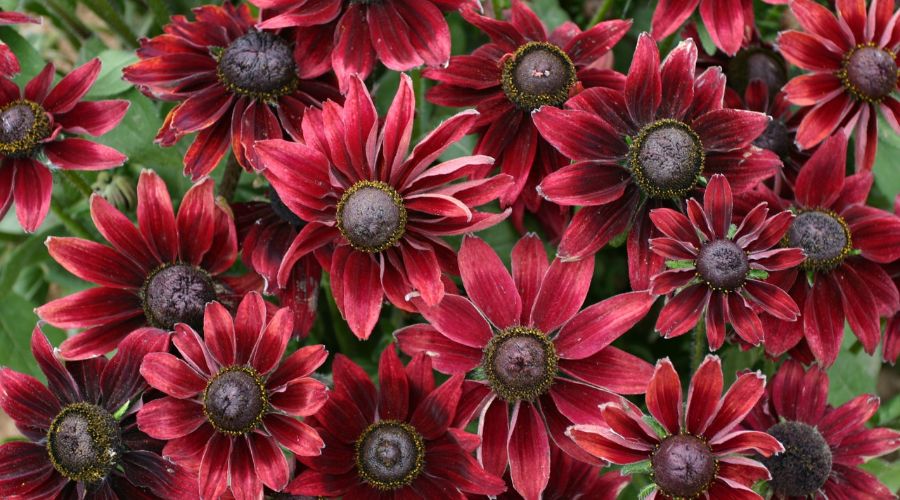
Image of Cherry Brandy rudbeckia from Park Seed courtesy of National Garden Bureau
Variety/Series Names
With the vast number of rudbeckia varieties, this is certainly not an all-encompassing list but yet a list of the most popular series currently on the market.
- R. fulgida Goldsturm – Height 24-36” – Large, daisy-like flowers 3-4” across
- R. fulgida Goldblitz – Height 24-28” – First year flowering, long bloom time
- R. fulgida Little Goldstar – Height 14-16” – A “knee-high” variety with star-shaped flowers
- R. fulgida American Gold Rush – Height 18-24” – Good resistance to Septoria leaf spot (AAS Winner)
- R. fulgida var. speciosa Viette’s Little Suzy – Height 26-32” – Deep yellow flowers on a sturdy stem with mahogany foliage
- R. grandiflora Sundance – Height 48” – Showy late summer to fall blooms
- R. hirta Amarillo Gold – Height 12-14”- Brilliant yellow and gold flowers reach 6” in diameter (AAS Winner)
- R. hirta Autumn Colors – Height 22”– A mix of gold, red, orange, and bronze blooms with red rings
- R. hirta Cappuccino – Height 18-22” – Rich bicolored gold blooms with brown centers
- R. hirta Cherokee Sunset – Height 30”- Double blooms in yellow, bronze & orange (AAS Winner)
- R. hirta Cherry Brandy – Height 24”- Unique red blooms from July until frost
- R. hirta Cheyenne Gold – Height 32-45”- Large, 6” bright yellow blooms
- R. hirta Denver Daisy– Height 20-28”- Eye-catching bicolor blooms of yellow with brown centers reach 6-8” in diameter
- R. hirta Gloriosa Double – Height 36 – 48″ – Large double blooms on long, strong stems (AAS Winner)
- R. hirta Goldilocks – Height 20-24” – Large, showy yellow flowers make excellent cut flowers
- R. hirta Goldrush – Height 18-24” – Golden yellow flowers ideal for cut flowers
- R. hirta Indian Summer – Height 30”- Golden, 6-8” yellow flowers. (AAS Winner)
- R. hirta Lion Club – Height 10-14”- Golden yellow “quilled” double flowers
- R. hirta Marmalade – Height 24” – Brilliant deep golden flowers
- R. hirta Maya – Height 18”- Golden yellow, 4” double flowers
- R. hirta MiniBeckia series – Height 18-24”- Large 4-6” blooms on a well-mounded, densely branched plant
- R. hirta Prairie Sun – Height 24-36”- Light yellow, 5” wide blooms with a green eye (AAS Winner)
- R. hirta Sahara – Height 24” – Short stature, perfect for small bouquet cut flowers in shades of copper, brown, yellow, and rose
- R. hirta Sonora – Height 20” – Bright yellow 5-6” blooms with a wide chocolate band in the center
- R. hirta Rising Sun Chestnut Gold– Height 18-24” – Large yellow flowers with chestnut-colored centers
- R. hirta Tiger Eye – Height 16-24” – Golden yellow blooms with a deep brown center and reduced Powdery Mildew sensitivity. For its dramatic flower.
- R. hirta Toto Series – Height 14” – Single 3” blooms in lemon, gold, or Rustic (Red blooms with a bright yellow edge) First compact series.
- R. triloba Blackjack Gold – Height 40” – Richly branched with desirable late-season blooms
- R. triloba Prairie Glow – Height 40” – Late season orange-red to bronze flowers
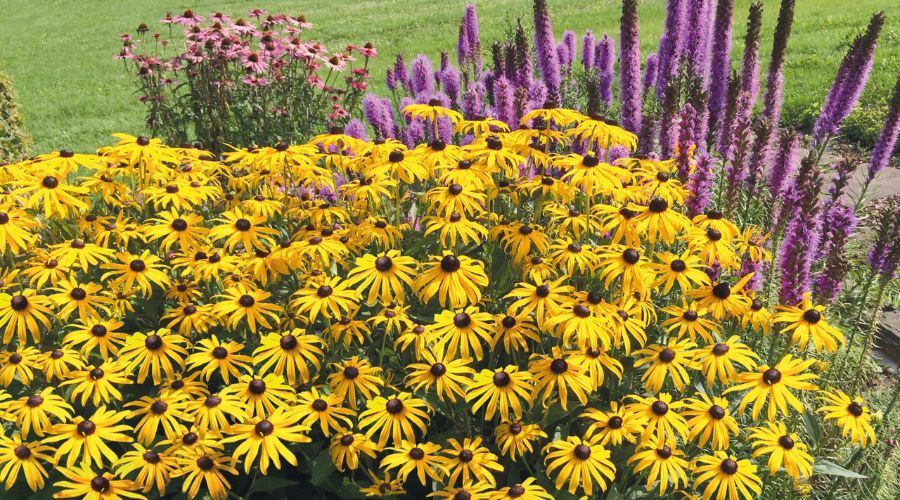
Image of Goldstrum rudbeckia from Benary courtesy of the National Garden Bureau
How to Grow Rudbeckia in the Garden
Sowing seeds:
Plant seeds 4-6” apart after all danger of frost. Prior to seeding, make sure the soil surface is clump free and lightly packed as a firm seedbed is needed as seedlings emerge. Cover seeds lightly and keep them moist. Seeds can also be started indoors 3-4 weeks earlier but must be kept in a sunny location once leaves are visible.
Watering and Fertilization:
Rudbeckia prefer moderate, but consistent soil moisture. Avoid over-watering or drought stress. Drought stress can cause browning of the leaf edges. Avoid overhead watering late in the day to reduce the risk of Botrytis, especially under cool conditions. Once established, rudbeckia are drought and heat tolerant. Rudbeckia require only moderate fertilization. Fertilize monthly with a well-balanced fertilizer.
Light:
Rudbeckia need to be planted in full sun. Rudbeckia is a “long day plant,” requiring a minimum of 13-14 hours of light flower initiation. High light levels throughout the season will improve the plant’s quality. Unfortunately, hot temperatures, especially at night, cause stretching.
Prevent Diseases:
To prevent Powdery Mildew water plants in the early morning or late afternoon, not during the heat of the day. Allow time for plants to dry before nightfall.
Divide Plants:
To prevent overcrowding, Rudbeckia are easily divided into clumps every 3-4 years. Divide in early spring or fall.
In the Landscape:
Given that Rudbeckia are native to many areas of North America, they are ideal in mass plantings or in naturalized areas.
Pollinators:
They attract bees and butterflies, and birds love the seed heads.

Images of Amarillo Gold rudbeckia from Benary and American Gold Rush AAS Winner courtesy of National Garden Bureau
